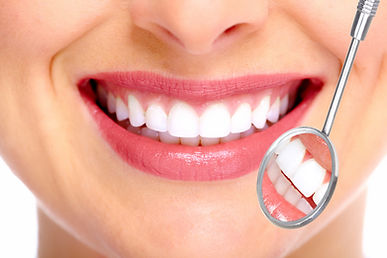top of page

We are a full service,
top rated Dental Clinic
Our Services at Northwest Smile Center
At Northwest Smile Center, our team is passionately committed to ensuring you achieve and maintain optimal oral health. During every visit, our staff is ready to answer all your questions and tailor a home care regimen that perfectly suits your dental needs. Below is a closer look at some of the services we offer to help you maintain a healthy, confident smile:
Essential Dental Wellness
Advanced Aesthetic Dentistry
bottom of page





